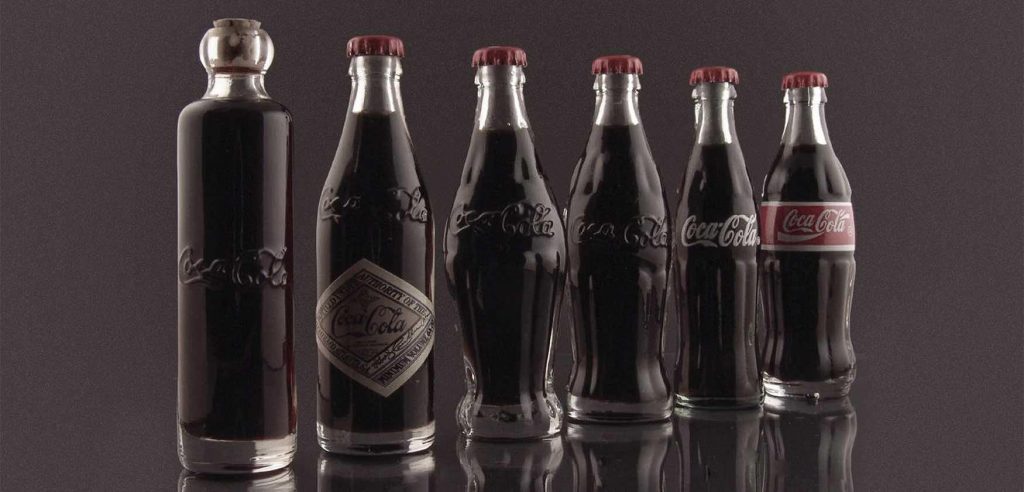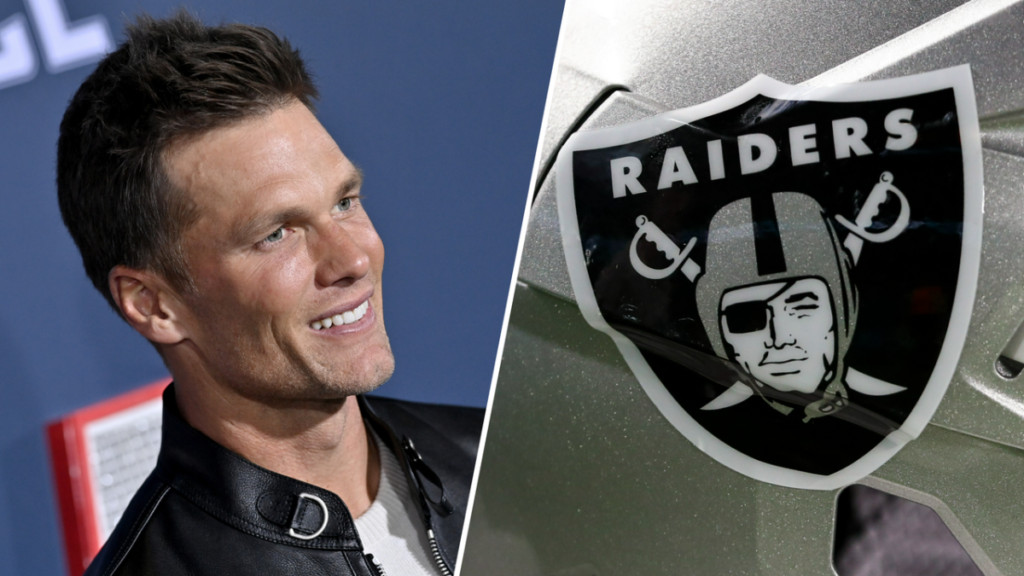When a product is packaged, it is safeguarded, advertised, and differentiated. The creation of recognizable packaging is the subject of this series.
Coke bottle
Introduced: 1916
Design concept: The Root Glass Company
Material: Glass


Fountains of wane: Coca-Cola didn’t go into a bottle for more than a decade after it was first made. In 1886, an Atlanta pharmacist named John Stith Pemberton made the syrup. It was named for the coca leaf and kola nut that were in it, but the cocaine was taken out around 1905. It was sold to soda fountains in the area, where it was mixed with carbonated water and served in a glass.
According to the Coca-Cola Bottling Company, two lawyers from Chattanooga named Joseph Whitehead and Benjamin Thomas won the right to bottle Coke in 1899. They then started the Coca-Cola Bottling Company.
Cola bottling was a good business, so other companies started doing it too. Along with selling soda in the same standard straight-sided bottles, they chose similar-sounding brand names like Koka-Nola, Toka-Cola, and Koke.
By 1915, the company had decided that the best way to stop the fakes was to make and patent a bottle that could not be copied. They sent a design brief to about 10 glass companies across the country with a simple but difficult task: make a “bottle so unique that you could feel it in the dark or on the ground and know it was yours.”
When the Root Glass Company in Terre Haute, Indiana, got the job, they may have found the cocoa bean while looking for pictures of the coca plant. The cocoa bean has grooves that run along its length. A Coke representative told Quartz in 2005 that they knew the cola didn’t have cocoa in it, but the designers liked the pod, so that’s what they based their sketches on.
The prototype used the cocoa pod’s ribs, but the middle of the bottle was tightened. When Root Glass patented the design in 1915, it left the embossed Coca-Cola logo off the design and didn’t say anything about Coke in the patent application. This was done to keep the design from being copied by colas with similar names.
The original design had even more curves and would often fall over on a conveyor belt. To fix this, the shape was streamlined and made straight. Even though the new bottle came out in 1916, it was still round enough that it was sometimes called the “Mae West” bottle, after the sassy actress.
The company says that in 1928, more Coke was sold in bottles than at soda fountains.
Why it works:
Rutger Thiellier, executive creative director at CBA USA in New York, told us, “There are so many desirable things around that bottle.” “It’s the grip—built around how you use it,” Thiellier said, “but that was the big news about Coke at the time, and it was the first bottle to do that.” And it didn’t have sharp spikes to keep it from slipping out of your hands. Instead, it was round and sensual.
In a letter to the company, the late industrial designer Raymond Loewy called the bottle “one of the classics in the history of packaging.” Loewy worked for Coca-Cola and was part of a design team that changed the look of the king- and family-size bottles in the 1950s and made a soda fountain. “The Coke bottle is a masterpiece of scientific and practical planning… I would say that the bottle is well thought out, logical, sparing of material, and nice to look at.”
One for the road: The style has been copied in places you might not expect. In the early 1970s, muscle cars like the Chevrolet Corvette and Dodge Charger were built in the “Coke bottle style.” It was because, when you looked at the cars from above, the front and back fenders were wider than the doors. This made the cars look like bottles.
Getting broken: branding expert and author Martin Lindstrom has talked about how Coke’s original design brief for the bottle said that even a broken piece of glass should still look like a Coke bottle. He calls this test “Smash Your Brand.”
Lindstrom wrote on his website, “The story of the Coke bottle is interesting from a brand-building point of view because, in theory, all brands should be able to pass this kind of test.”
“So, if you took your logo away, would people still be able to recognize your brand?” Lindstrom asked. “In short, can your brand stand up to being broken?”




